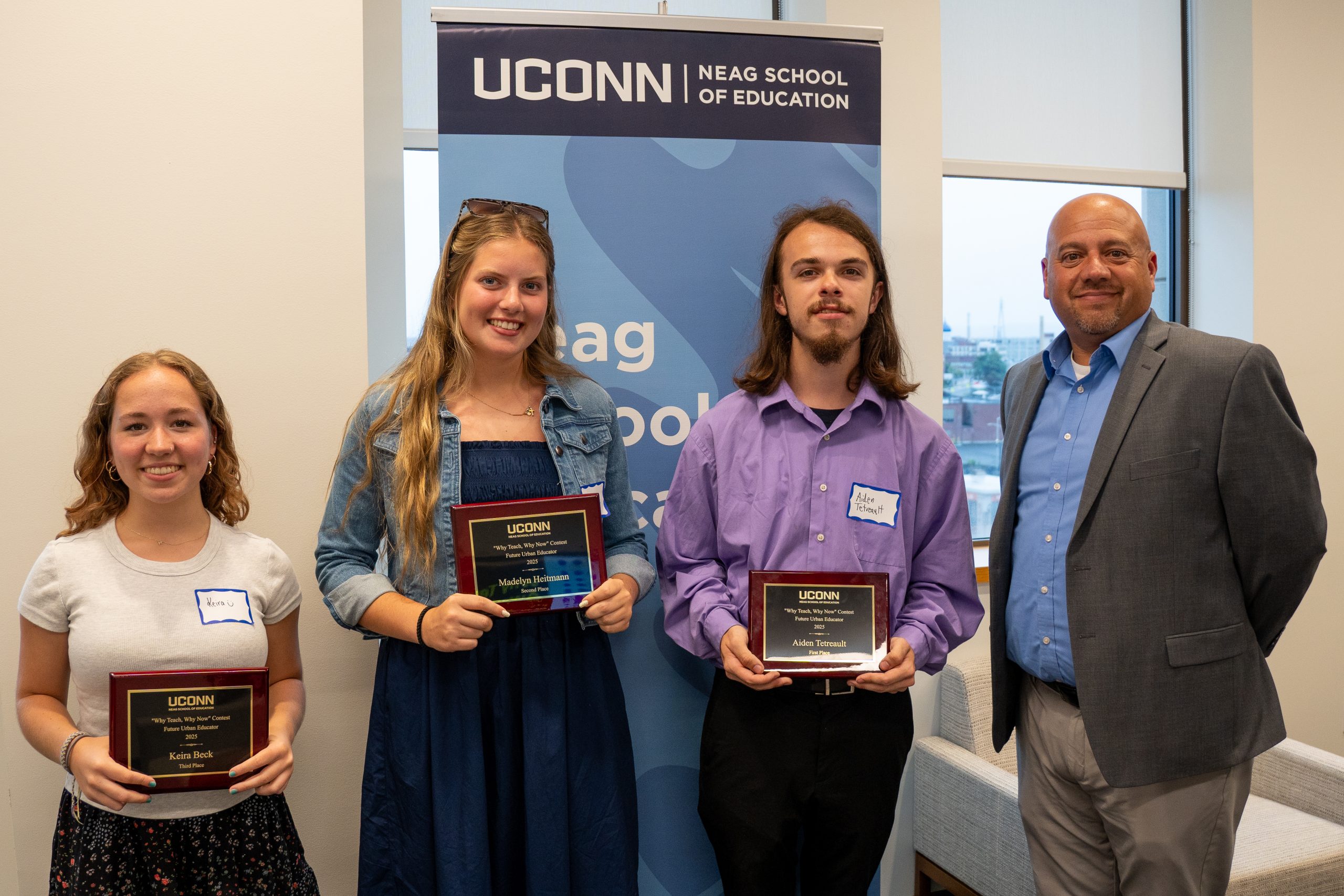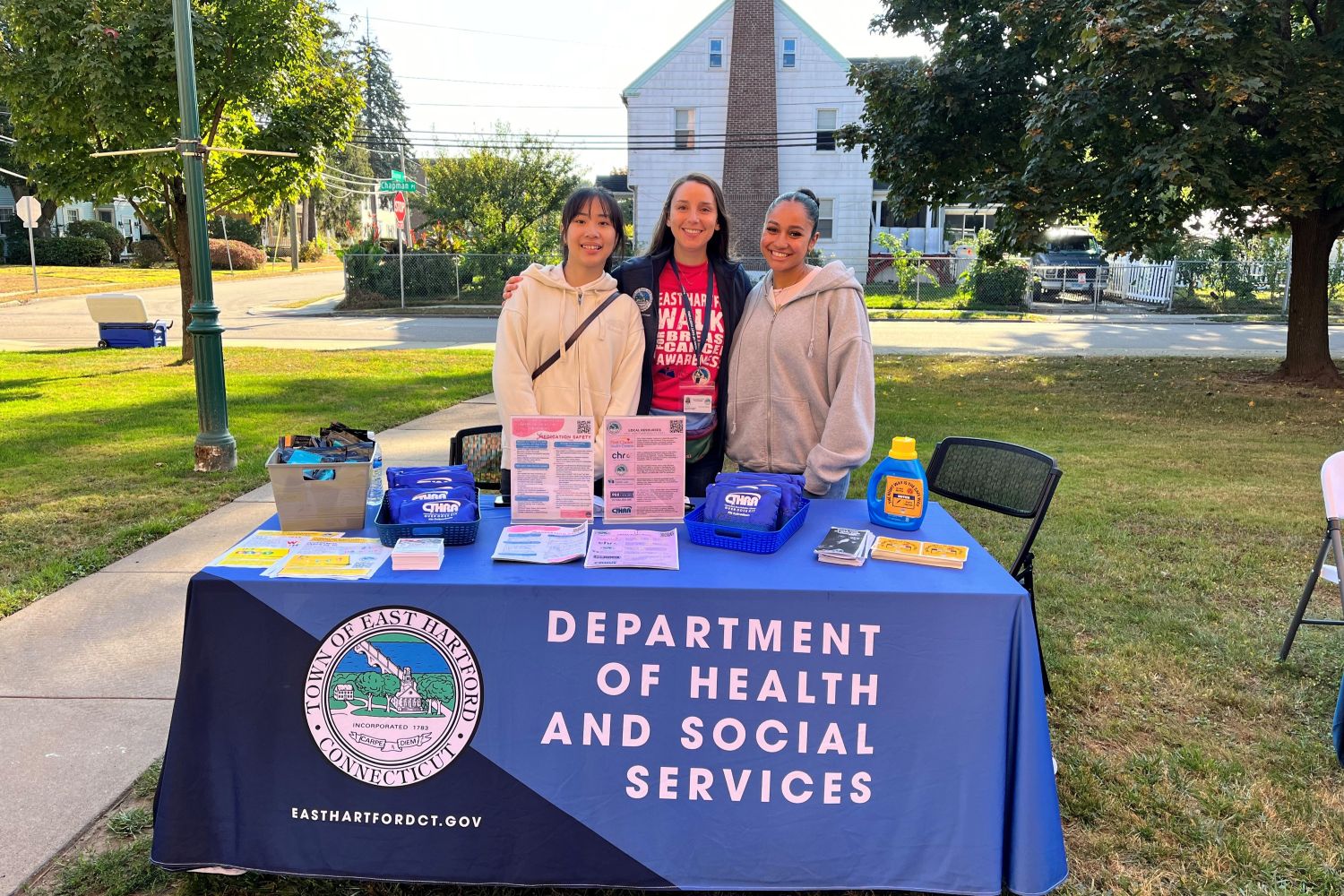
Health Center researchers have finished gathering samples for a state study examining the potential health and environmental risks of artificial turf. The researchers are part of a group of health and environmental experts trying to determine whether the ground-up rubber from recycled tires and other materials used in synthetic athletic fields poses any threat.
Nancy Simcox, a research industrial hygienist at the Occupational and Environmental Health Center, says some chemicals in rubber may vaporize to form a gas (volatile organic chemicals, or VOCs, such as toluene and benzothiazole) while others, such as polycyclic aromatic hydrocarbons (PAHs), may remain attached to the surfaces of small solid particles.
“One unique aspect of this study is that we measured a range of exposures including benzothiazole, VOCs, and other chemicals in the breathing zone of athletes using artificial crumb rubber turf fields,” says Simcox.
The researchers tested artificial turf fields at five Connecticut schools, selecting fields that were installed by different companies, including some new fields (less than a year old) and others that were more than three years old. The testing included using specialized equipment placed at strategic points on the turf to collect stationary air samples.
Team members were outfitted with devices that allowed them to collect samples as they played soccer on the field. The team also tested a non-artificial turf area in the community and non-artificial turf areas away from the fields in order to get non-turf samples and determine what pollutants were already in the air.
The next phase of the study will take place in the laboratory, where the samples are being analyzed. Lab tests are also being done on the crumb rubber itself to determine its chemical makeup and what substances may leach from it.
The Department of Environmental Protection is performing storm water sampling to detect the presence of any metals or compounds in water that runs off from fields containing crumb rubber.
The Department of Public Health will evaluate the data and publish a final health risk assessment by early next year.
Installation of artificial turf fields has become more common, as cities and towns seek to reduce both maintenance needs created by the heavy use of grass fields and demands for water and pesticides needed for care of natural grass. But questions remain about the health and environmental impact of the artificial turf fields.
“The goal of the study is to provide some valuable guidance to communities and school systems that operate or are considering installing artificial playing fields,” says Simcox.
The study is funded with $245,000 available to the DEP for special projects from the settlement of cases involving violations of environmental regulations.


